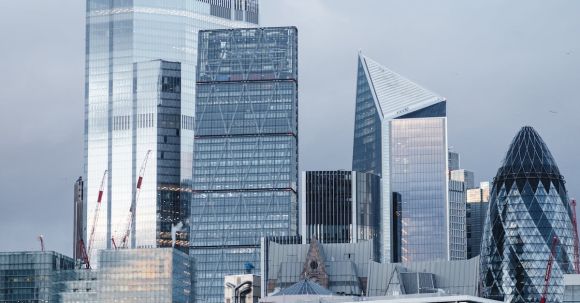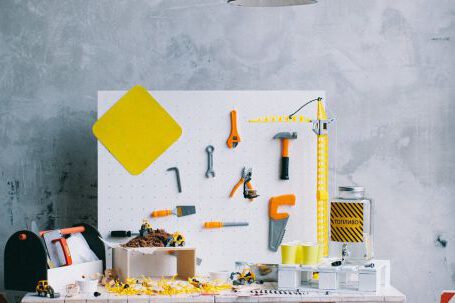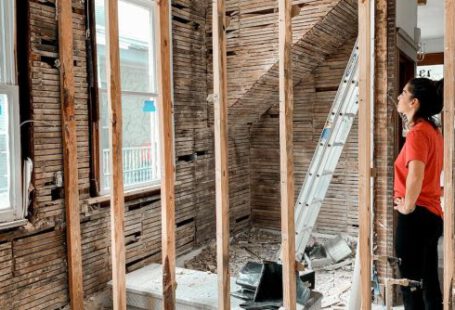The world is becoming increasingly diverse, with people of various backgrounds, abilities, and lifestyles requiring more flexible and responsive designs to meet their needs. This is especially relevant to the field of construction equipment, which must be accessible and ergonomic for a wide range of users. Inclusive design, which focuses on creating products and environments that can be used by all people regardless of their abilities, has become increasingly important in the construction industry.
What is Inclusive Design?
Inclusive design is a concept that focuses on designing products and environments that can be used by all people regardless of their abilities. This includes people of all ages, genders, and physical or mental abilities. Inclusive design is based on the idea that everyone should be able to use a product or environment without needing any special accommodations or assistance.
The goal of inclusive design is to create products and environments that are accessible and ergonomic for all people. This includes designing equipment with features that accommodate people who are disabled, elderly, or have other special needs. It also includes creating products that are easy to use and understand, as well as designing environments that are safe and comfortable for everyone.
Benefits of Inclusive Design in Construction Equipment
Inclusive design is important for the construction industry because it ensures that equipment is accessible and ergonomic for all users. This is especially true for people with disabilities, who may require special accommodations when using construction equipment.
Inclusive design also benefits the construction industry in other ways. By making equipment more accessible and ergonomic, it can help reduce workplace injuries, which can lead to lower costs and increased productivity. It can also help to improve morale among workers, as they feel more comfortable and able to do their job safely.
In addition, inclusive design can help to create a more diverse and inclusive workplace. By making equipment more accessible and ergonomic, it can help to attract and retain a wider range of workers, which can lead to increased creativity and innovation.
Examples of Inclusive Design
Inclusive design in construction equipment can take many forms. Here are some examples of how inclusive design can be incorporated into construction equipment:
- Adjustable seats and controls – Adjustable seats and controls can help to make equipment more accessible and ergonomic for people of different heights and sizes. This can also help to reduce the risk of injury.
- Easy-to-read displays – Easy-to-read displays can help to make equipment more accessible and understandable, as well as helping to reduce the risk of accidents.
- Non-slip surfaces – Non-slip surfaces can help to reduce the risk of slips and falls, which can lead to fewer workplace injuries.
- Noise reduction – Noise reduction can help to make the workplace more comfortable for workers, as well as reducing the risk of hearing loss.
- Lighting – Proper lighting can help to reduce eye strain and improve visibility, which can reduce the risk of accidents.
Conclusion
Inclusive design is an important concept for the construction industry, as it ensures that equipment is accessible and ergonomic for all users. By making equipment more accessible and ergonomic, it can help to reduce workplace injuries, improve morale, and create a more diverse and inclusive workplace. There are many different ways to incorporate inclusive design into construction equipment, such as adjustable seats and controls, easy-to-read displays, non-slip surfaces, noise reduction, and proper lighting. By taking the time to incorporate inclusive design into construction equipment, companies can reap the benefits of having an ergonomic and accessible workplace.






